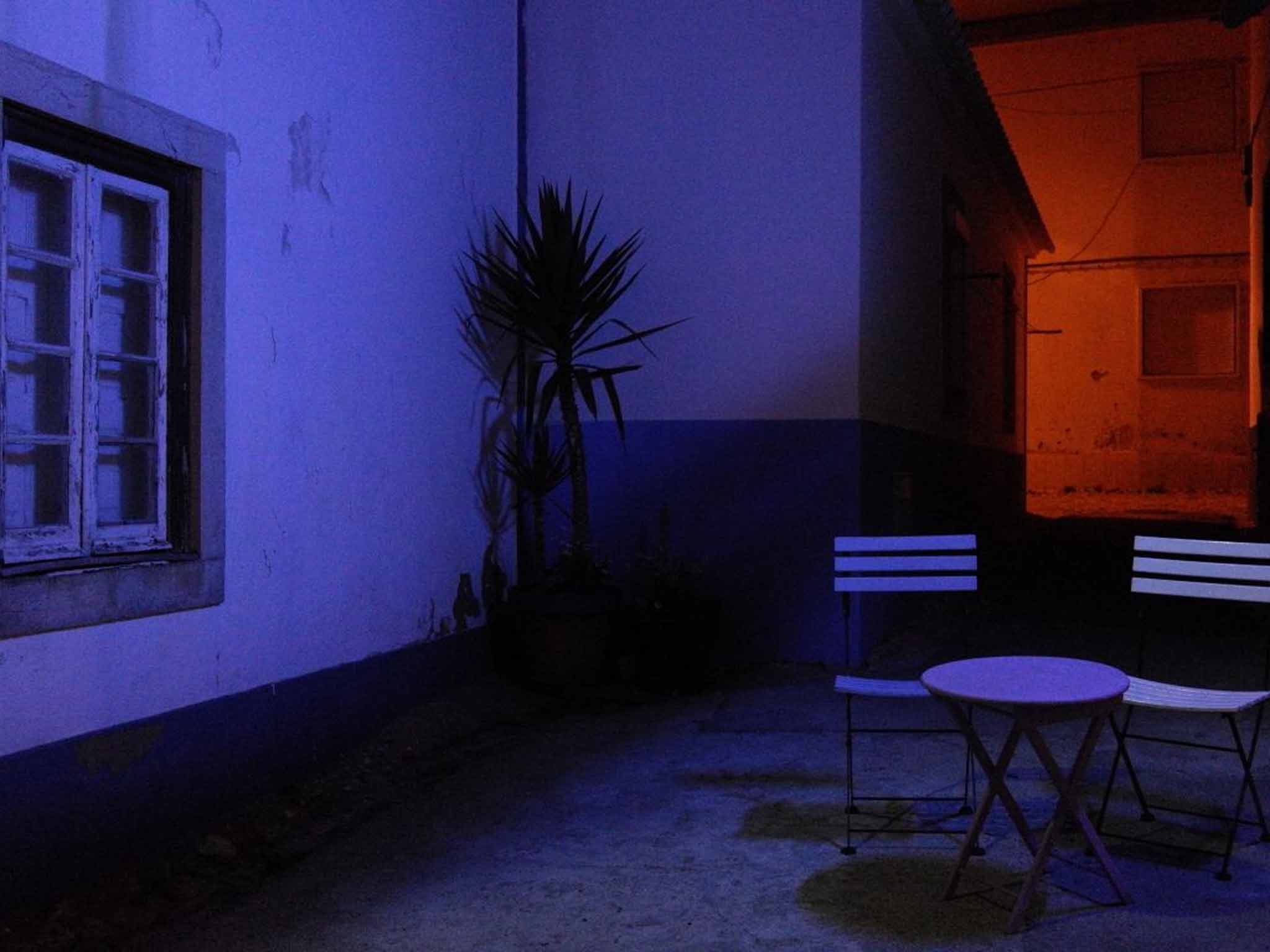Travel photography after dark: There's much to be said for lingering in the shadows
A tripod can be cumbersome, but a lightweight mini pod with flexible legs can be invaluable

Great rewards await the intrepid photographer who’s willing to venture out after dark. The challenges and unpredictable results can produce startling images.
Whether shooting at dusk, twilight or at night, the longer your shutter is open the more light will reach your camera’s sensor, so you’ll need long exposures and a tripod.
Long exposures are where the black magic occurs. As a guide, 30 seconds is a good place to begin. Experiment with the exposure compensation button as night conditions can deceive your camera’s light meter. At 30 seconds, motion will be depicted as a blur. Any moving illuminated objects, such as cars, will be transformed into appealing trails of light blazing across your image – a result of the limited available ambient light and slow shutter speeds. If you need a longer exposure, use the “bulb” (B) setting. The aperture remains open after the shutter is depressed until it is released. Use a stopwatch to time the exposure. To prevent camera shake, invest in a remote switch or a simple cable release, which attaches directly to your camera shutter button.
Dusk allows you to capture more colours and detail. Aim to shoot within 30 minutes of sunset to stop the orange glow from street lamps from washing out sky colours.
A tripod can be cumbersome, but a lightweight mini pod with flexible legs can be invaluable. If you have no tripod, cast an eye around for a sturdy surface like a wall or bench.
When photographing buildings and illuminated structures, a large depth of field between f/11 and f/16 is ideal. Adjust your shutter speed accordingly because less light reaches the lens. Be aware of ISO speed; for optimal image quality, shoot at your camera’s lowest setting, usually ISO 100. Raising ISO sensitivity to enable faster hand-held shutter speeds can result in “noisy” or grainy images. Improved modern camera sensors means that boosting your ISO remains a viable option, even without a tripod.
Focusing in the dark can be a challenge. Even sophisticated auto-focus systems struggle, so be ready to focus your lens manually. Alternatively, frame and focus images in daylight, turn off auto focus, and wait for dark.
Finally, keep a pocket torch handy to adjust camera settings easily, and take a fully charged spare battery because long exposures can quickly drain camera batteries. Ultimately, night photography is unpredictable yet challenging. Take advantage of your rear LCD screen to perfect exposures and you will soon hit your stride. Once you do, a world of possibility emerges from the shadows.
Subscribe to Independent Premium to bookmark this article
Want to bookmark your favourite articles and stories to read or reference later? Start your Independent Premium subscription today.

Join our commenting forum
Join thought-provoking conversations, follow other Independent readers and see their replies